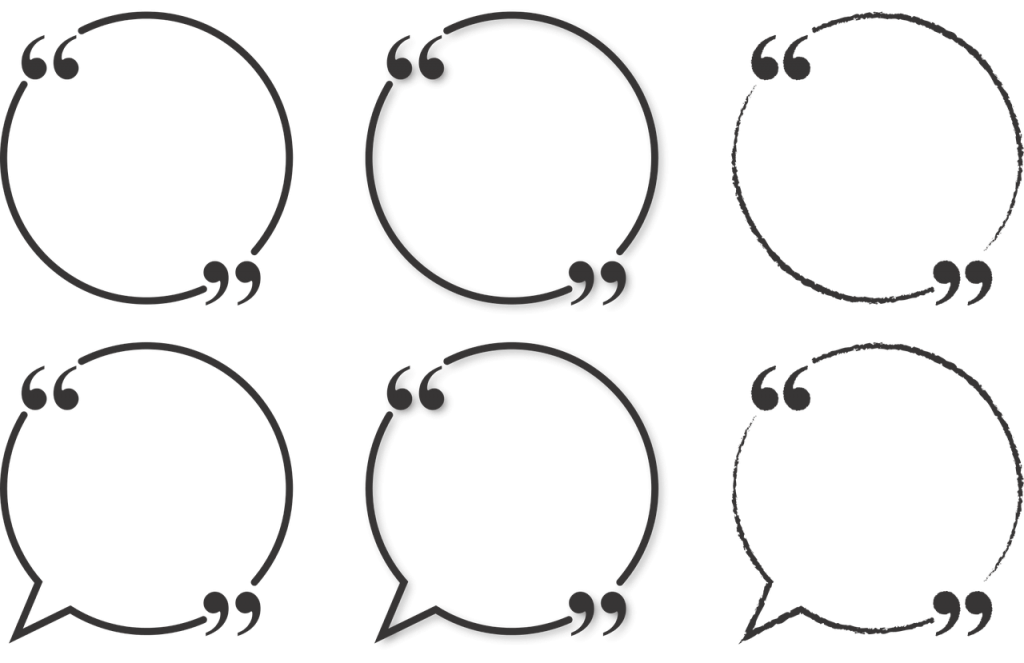
Many students need a temporary on-ramp to accelerate them through a literacy task.
For teachers of resistant readers and writers, creating this on-ramp can be a daunting task. Yet, I have discovered how talk is an effective entry point for students who are easily overwhelmed by a challenging reading or a complex writing composition, because it leads teachers and students to co-construct meaning.
Talk also reveals to students what they already know.
Over the holiday break, I worked with my son, a third grader, on paragraph writing. Though his composition was definitely different than my high school students’ writing, the process was familiar to me.
When I asked him to write a paragraph, I got one of those “I dunno” shoulder shrugs I often get from my students. When I asked him to tell me about something interesting he learned over break, I got one of those “I kinda know” pauses. Then when I asked him to tell me about seeing his uncle’s fencing equipment, I knew I had him.
Dylan started to rattle off a series of details about fencing–both European and Japanese. As he rattled, I wrote. And by the end of our conversation, what I had recorded became a piece of evidence for him that he did indeed have ideas that he could develop.
Yet I cannot be Dylan’s or my students’ Johnny-on-the-Spot stenographer every time they write.
And that’s why framing this exercise as an entry point works best. It should be used as a way to show students what they have rattling around in their minds. Talk should be used to help students to get comfortable with using their voices, and to see that they really do have something to say. Sometimes providing a space and a simple affirmation can encourage even the most resistant student.
Talk can also help students puzzle through an idea.
Recently I’ve been working with freshmen on writing a research essay that explains how an element of our world today is dystopian. One student I worked with had a hard time understanding a part of an article about China’s protectionist censoring of sites like Facebook and Google. I knew that in her U.S. History class, she had just studied isolationism and the U.S.’s closed-door policy, and as I brought up these terms, she was easily able to make meaning, and to interpret the significance of the evidence to her argument.
This is another area in which talk is important. A lot of students want to jump right into the writing before carefully thinking about the research. And that leads to a lot of out-of-context quotes and disjointed analysis!
But talk can create a space to puzzle through ideas first. This was true of my student who wrote about China–and it shows again why conversation is a necessary part of any writer’s process.

Another benefit of talk is this: it can offer students a path toward revision.
When recently conferencing with a student about a research paper, she remarked, “I have this paragraph, but I dunno–it just seems like a bunch of facts.” Something wasn’t sitting right with her, but she didn’t know how to process it.
This is the messiest stage of writing, and some of our students don’t know how to work through it without intentional conferencing during workshop time. So how did conversation help my student here?
We talked through her sources–articles about gun violence in school–and she pointed out an intriguing line from one of the articles. The line noted that violence seemed to be a familiar story. My student didn’t know what to do with the line, but when we looked closer together at the article, we noticed that it was written in 1999–after the Columbine Massacre.
Our reaction was the same–shivers. It made both of us jump because the story around school shootings has gotten worse, not better, even though it was “familiar” almost twenty years ago. Our astonishment led her to make a careful revision. She looked back at her paragraph that was just a “bunch of facts,” and decided to put it aside while she wrote a paragraph on violence in schools, because she could see how the impact was stronger on her audience.
I praised her for doing the hardest thing a writer can do–letting go of her writing when it just doesn’t fit. Because we had talked through her new ideas, it was easy to let go of what wasn’t working. And by talking, she was able to make a purposeful revision that considered her audience and purpose.
 Lauren Nizol (@CoachNizol) is an MTSS Student Support Coach and Interventionist at Novi High School. She has eleven years of classroom experience, teaching English, IB Theory of Knowledge and English Lab. Lauren completed her undergraduate degree in History, English and Secondary Education at the University of Michigan-Dearborn and her Masters in English Education from Eastern Michigan University. She is a National Writing Project Teacher Consultant with the Eastern Michigan Writing Project and an advocate for underperforming students and literacy interventions. When she’s not teaching, Lauren often runs for the woods with her husband and their three sons/Jedi in training and posts many stylized pictures of trees on Instagram.
Lauren Nizol (@CoachNizol) is an MTSS Student Support Coach and Interventionist at Novi High School. She has eleven years of classroom experience, teaching English, IB Theory of Knowledge and English Lab. Lauren completed her undergraduate degree in History, English and Secondary Education at the University of Michigan-Dearborn and her Masters in English Education from Eastern Michigan University. She is a National Writing Project Teacher Consultant with the Eastern Michigan Writing Project and an advocate for underperforming students and literacy interventions. When she’s not teaching, Lauren often runs for the woods with her husband and their three sons/Jedi in training and posts many stylized pictures of trees on Instagram.

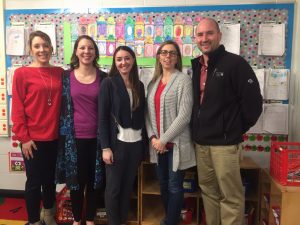
 James was spread out on one of the counters, with all his papers and materials circling his laptop. He smiled as I approached.
James was spread out on one of the counters, with all his papers and materials circling his laptop. He smiled as I approached.  Lauren Nizol (
Lauren Nizol (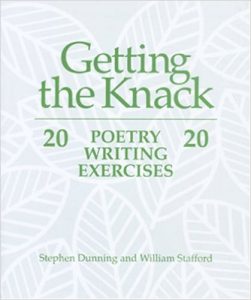 Writing instruction has become my favorite part of teaching, though it didn’t always come easily. In the beginning, my own writing was stilted in structure and lacked voice. I wrote what I had been taught, which was a five paragraph essay and a five sentence paragraph. Not only was my writing boring. The moves I made to create it were not defined enough for students to use as models, except for stilted, formulaic writing that also lacked voice and a sense of ownership.
Writing instruction has become my favorite part of teaching, though it didn’t always come easily. In the beginning, my own writing was stilted in structure and lacked voice. I wrote what I had been taught, which was a five paragraph essay and a five sentence paragraph. Not only was my writing boring. The moves I made to create it were not defined enough for students to use as models, except for stilted, formulaic writing that also lacked voice and a sense of ownership. Amy Gurney (
Amy Gurney ( “There are no more words left in me to write, I think.” (R
“There are no more words left in me to write, I think.” (R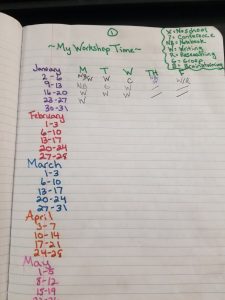
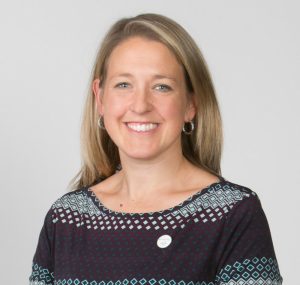 Hattie Maguire (
Hattie Maguire (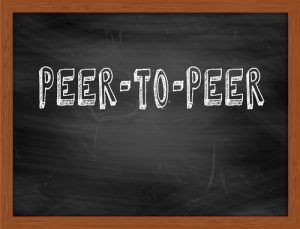 In my first post, I described some writing problems that surfaced in my AP US History classroom, as well as
In my first post, I described some writing problems that surfaced in my AP US History classroom, as well as  Rod Franchi (
Rod Franchi (

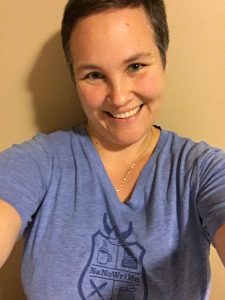 Caroline Thompson (
Caroline Thompson ( Our department read the wonderful
Our department read the wonderful 